This antelope species is native to central Africa; calves are first for the Zoo’s new adult male.
BALTIMORE, MD – The Maryland Zoo in Baltimore welcomed the birth of two new sitatunga calves this past weekend.
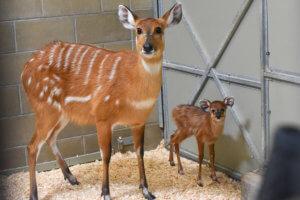
A female calf was born Friday afternoon to the adult female, Mousse, and weighed 3.65 kilograms. The second female calf was born Sunday afternoon to Peggy and weighed 3.25 kilograms. These are the first sired by the Zoo’s adult male, Beau, who was specially selected to be a part of its sitatunga breeding program.
“This is Mousse’s third calf so she is a very experienced parent,” said Erin Grimm, Curator of Mammals at the Maryland Zoo. “For Peggy, it’s her first calf and we’re pleased that she and the newborn are starting to bond well with each other.”
“For now the calves will stay behind-the-scenes with their mothers,” said Grimm. “We’ll make a determination about when they can make their public debut outside with the rest of the herd soon.”
The new calves join a thriving sitatunga herd of 10 animals, which can be found in two habitats along the boardwalk in the Zoo’s African Journey.
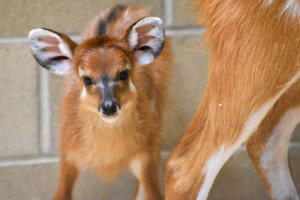
The sitatunga (Tragelaphus spekii) is a species of antelope native to Central Africa. They live in swamps, marshes and floodplains. Their long, splayed hooves allow them to walk across islands of floating vegetation and wet terrain without sinking, but they’re also strong swimmers, who can hide from predators under water if need be with only their nostrils (and maybe eyes) showing. Outside of protected areas, sitatunga are vulnerable to over-hunting and habitat loss, as people drain and develop swamp land. Currently, sitatunga are not classified as threatened or endangered.
The adult male, Beau, was transferred to the Maryland Zoo as recommended by the Sitatunga Species Survival Plan (SSP) coordinated by the Association of Zoos and Aquariums (AZA). SSPs provide breeding recommendations to maximize genetic diversity, with the goal of ensuring health of the individual animal, as well as the long-term survival to help save animals from extinction.

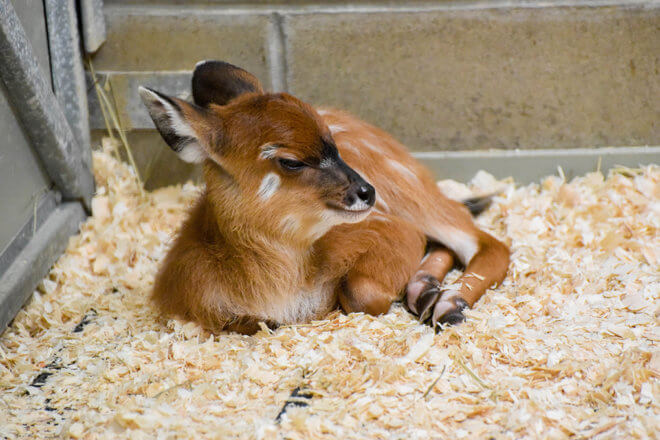
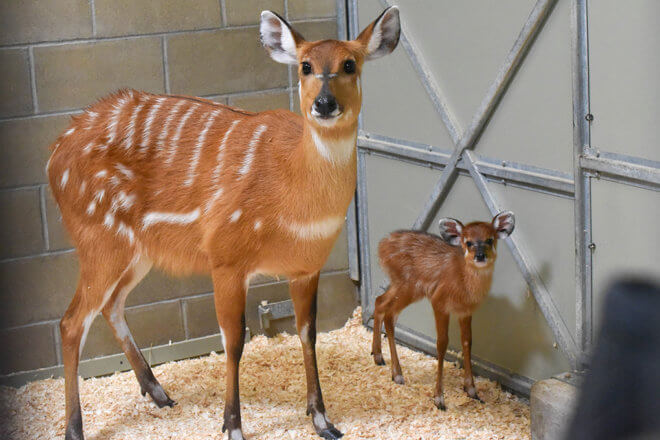
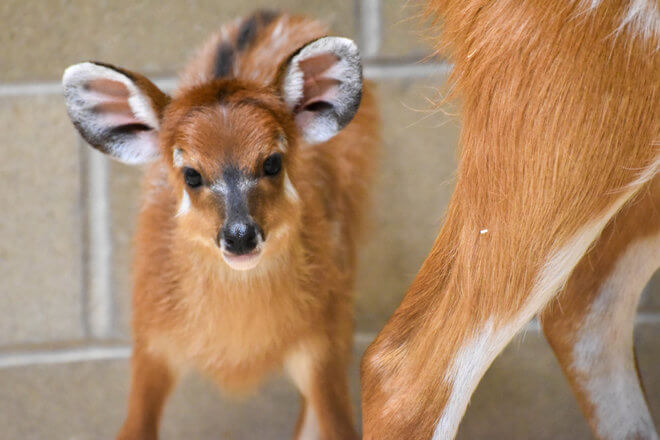
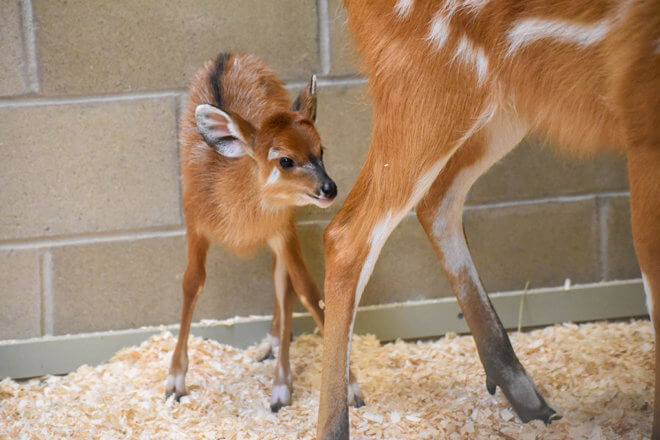
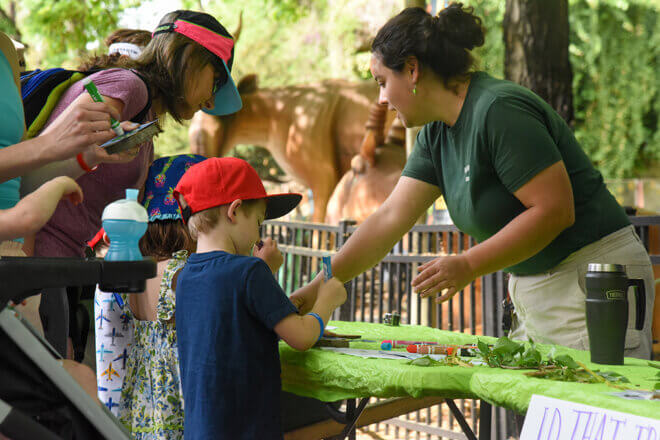



Share this article